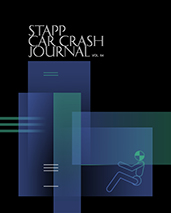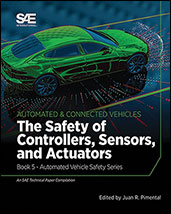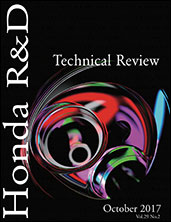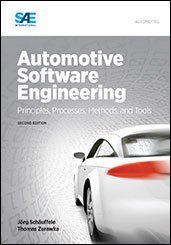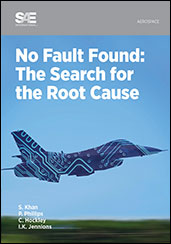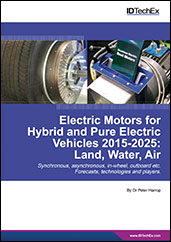Book

Autonomous, Connected, Electric and Shared Vehicles: Disrupting the Automotive and Mobility Sectors
2022-10-28
We are at the beginning of the next major disruptive cycle caused by computing. In transportation, the term Autonomous, Connected, Electric, and Shared (ACES) has been coined to represent the enormous innovations enabled by underlying electronics technology. The benefits of ACES vehicles range from improved safety, reduced congestion, and lower stress for car occupants to social inclusion, lower emissions, and better road utilization due to optimal integration of private and public transport. ACES is creating a new automotive and industrial ecosystem that will disrupt not only the technical development of transportation but also the management and supply chain of the industry. Disruptions caused by ACES are prompted by not only technology but also by a shift from a traditional to a software-based mindset, embodied by the arrival of a new generation of automotive industry workforce.

